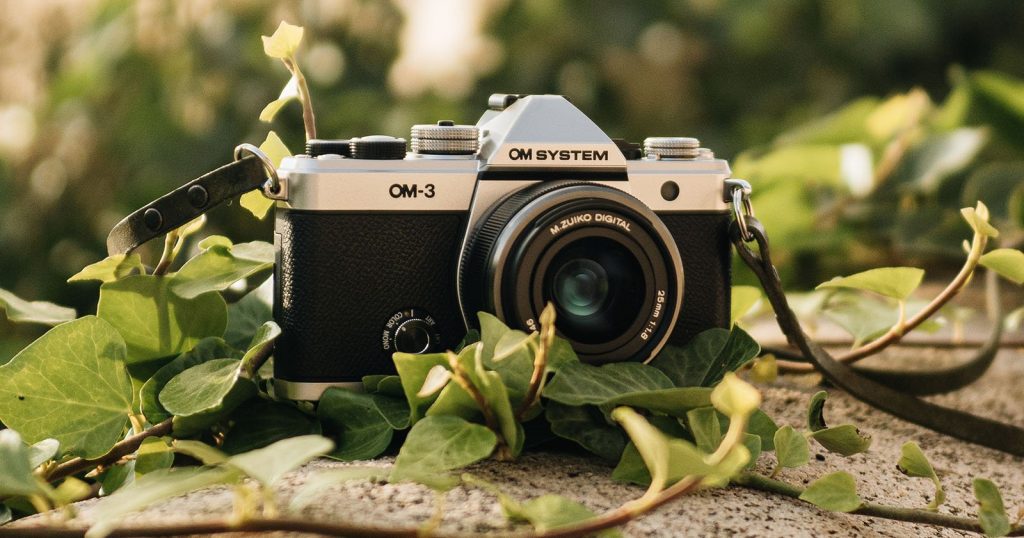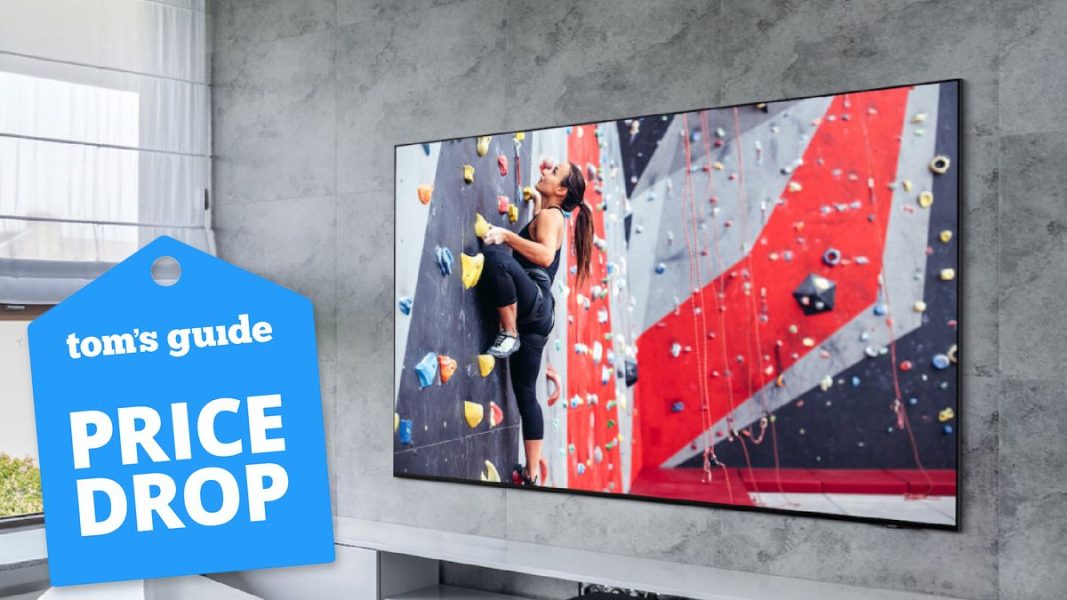OM System OM-3 Combines PEN-F Style With OM-1 II Performance – PetaPixel

As promised and teased, OM Digital Solutions announced a brand-new camera, the OM System OM-3. The OM System OM-3 combines vintage style with modern performance. Specifically, the OM-3 blends the old-school look of the Olympus OM-1 film camera with the flagship-level performance of the OM System OM-1 Mark II Micro Four Thirds mirrorless camera. Style is a significant part of the OM-3’s pitch to contemporary photographers. The new camera sports a classic, elegant appearance that would not look out of place in the 1970s when the original OM-1 hit store shelves, save for the rear 3.0-inch vari-angle display and digital image sensor, of course. Much of the vintage aesthetic comprises an array of physical controls. The OM-3 has four dials on its metal top plate, including controls for swapping between stills and video recording, a mode dial, and two command dials. Moving to the OM-3’s flat front fascia, there is the return of something special, a dial photographers haven’t seen since the Olympus PEN-F: the Color Profile control dial. This provides photographers with direct access to user-customizable color and monochrome profiles. For color profiles, photographers can adjust the saturation of a dozen independent color channels, highlight and shadows, and more. For black-and-white photography, photographers can utilize color filter effects to change how different color channels translate to monochrome, tweak highlights and shadows, adjust shading, add grain, and give their photos a tone, like sepia. Various presets are included, of course, but OM (rightly) believes photographers will enjoy customizing their profiles. The OM System OM-3 is 139.3 millimeters wide, 88.9 millimeters tall, and 45.8 millimeters deep at its thickest (5.5 x 3.5 x 1.8 inches). This makes the OM-3 slightly wider than the OM-1 II, which is 135 millimeters (5.3 inches) wide, but a little shorter (88.9 versus 92 millimeters), and much thinner — the OM-1 II is 73 millimeters (2.9 inches) thick thanks to its traditional front grip. The OM-3 is significantly lighter than its flagship sibling, tipping the scales at 496 grams (17.5 ounces) with its battery and memory card inserted. The OM-1 II weighs 599 grams (21.1 ounces). While the OM System OM-3 certainly looks like a 1970s-era film SLR, at least from the front and top, on the inside, it’s a modern OM System camera all the way. The OM-3 has the same imaging pipeline as the OM System OM-1 Mark II, including an identical 20.37-megapixel stacked BSI Live MOS image sensor and TruePic X image processor. This has significant implications for performance. Like the OM-1 II, the OM-3 shoots at up to 120 frames per second with locked focus and as fast as 50 fps with continuous autofocus using compatible lenses. The OM-3 also has the same 1,053-point cross-type on-chip phase-detect autofocus system, Pro Capture Mode for pre-capture shooting (up to 70 frames), and the same high-capacity BLX-1 lithium-ion battery. However, there are some important differences between the OM-3 and OM-1 II beyond the obvious aesthetic ones. The OM-3 has a single UHS-II SD card slot, unlike the two high-speed slots on the OM-1 II. The OM-3 also has a slightly less robust in-body image stabilization system (6.5 stops versus 8.0). One of the most significant differences in terms of usability is the OM-3’s lower resolution 2.36-million-dot EVF with 1.23 to 1.37x magnification. The OM-1 II’s EVF is bigger (1.48 to 1.65x magnification) and much higher resolution (5.76 million dots). Both cameras have the same 1.62-million-dot 3.0-inch vari-angle display and IP53-rated weather sealing, though. Since the OM-3 shares its imaging pipeline with the OM-1 II, OM System’s stylish new camera also has the same robust range of computational photography modes. The OM-3 has High-Res Shot [tripod (80 megapixels) and handheld (50 megapixels)], Live ND, Live GND, HDR, Focus Stacking, and Multi Exposure. Further, these are all accessible through a new computational photography (CP) button and accompanying control dial. The OM-3 also offers the same video modes, including log recording, C4K up to 60p, and slow/quick functionality. While the OM-3 has professional-grade features, like external RAW recording, it is designed to be easy to use. In that spirit, it introduces new creative video profiles: OM Cinema 1 and OM Cinema 2. These 8-bit recording modes won’t offer as much flexibility or quality as 10-bit log recording, but they promise a cinematic look without requiring special processing or grading. The OM System OM-3 will begin shipping in late February, costing $1,999.99 (body only) in the United States and $2,799.99 in Canada. Buy the OM System OM-3 new on Amazon.comA bundled kit includes the OM-3 body and the M.Zuiko Digital ED 12-45mm f/4 Pro lens, which will also be available at the same time for $2,299.99 in the United States and $3,199.99 in Canada. Image credits: OM System Become a PetaPixel Member and access our content ad-free.© 2025 PetaPixel Inc. All rights reserved.



